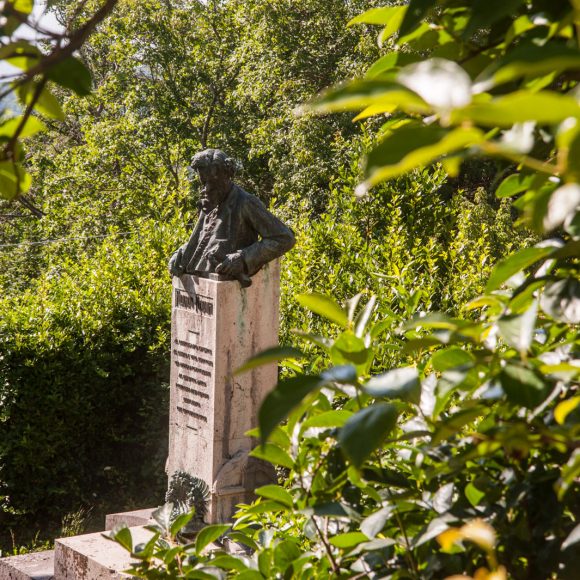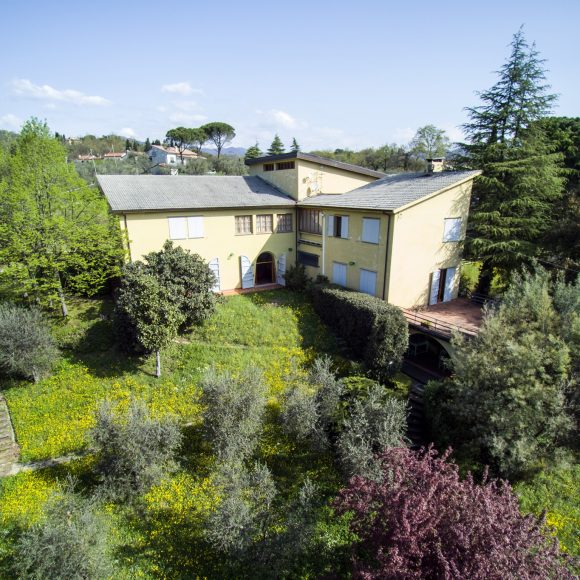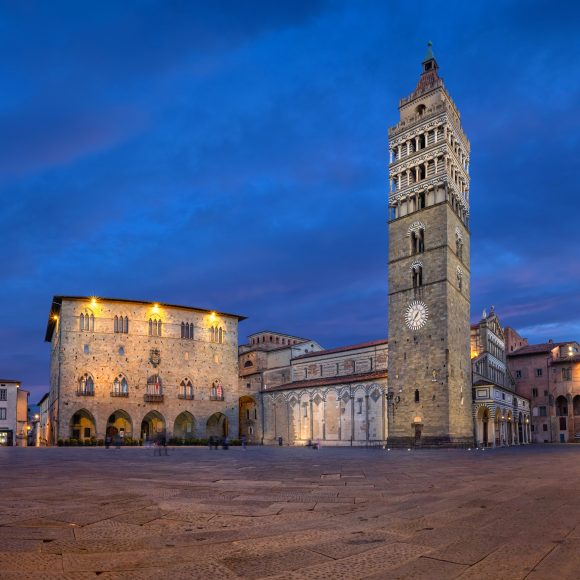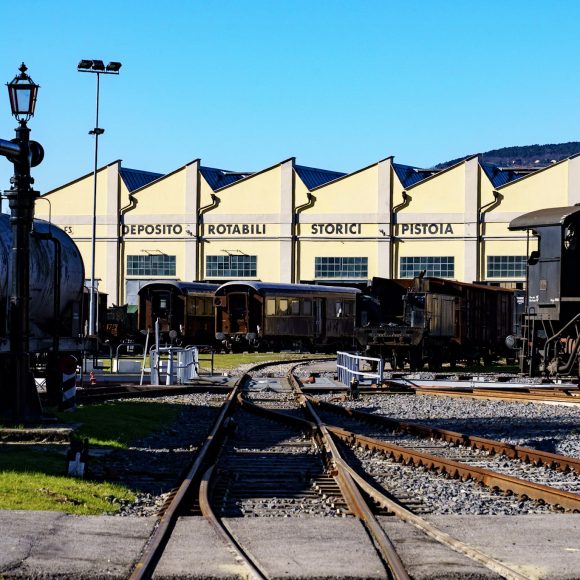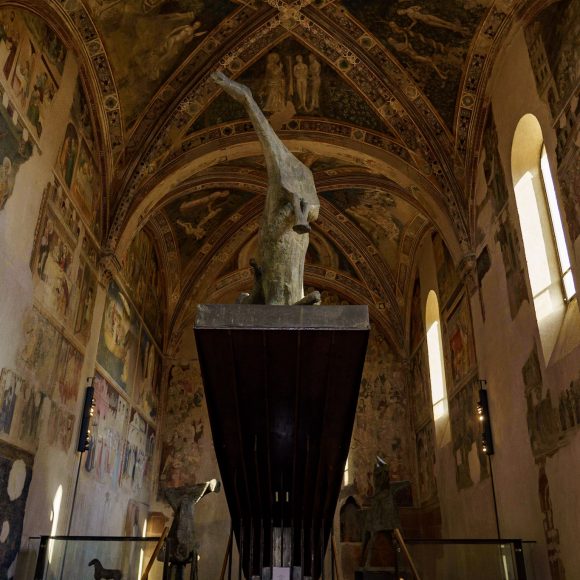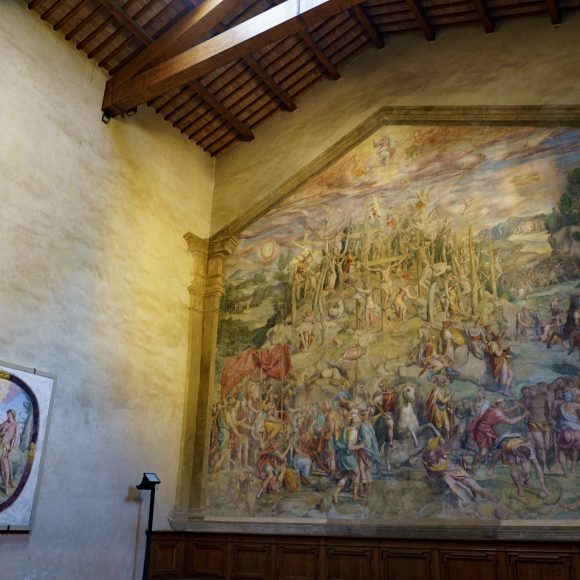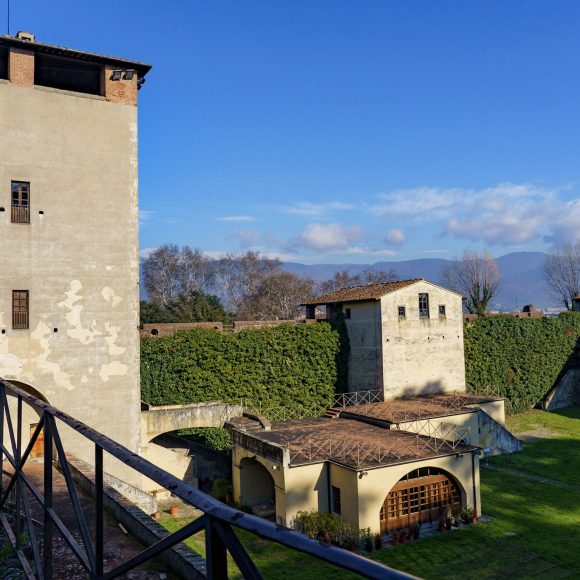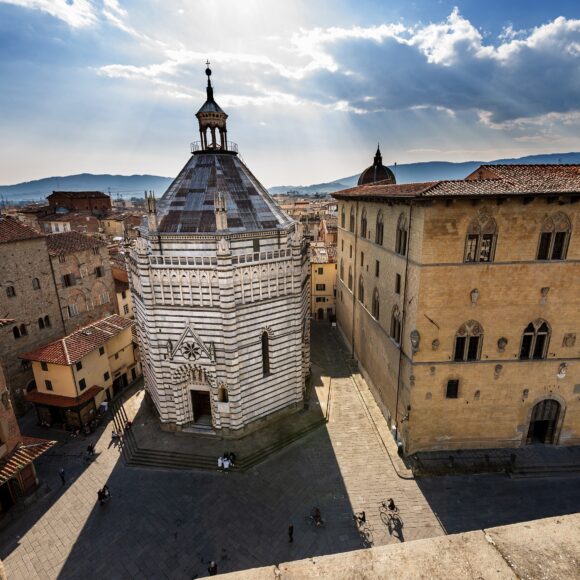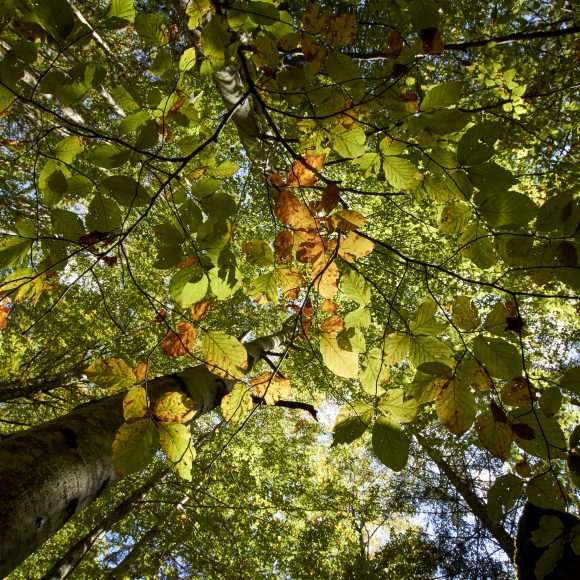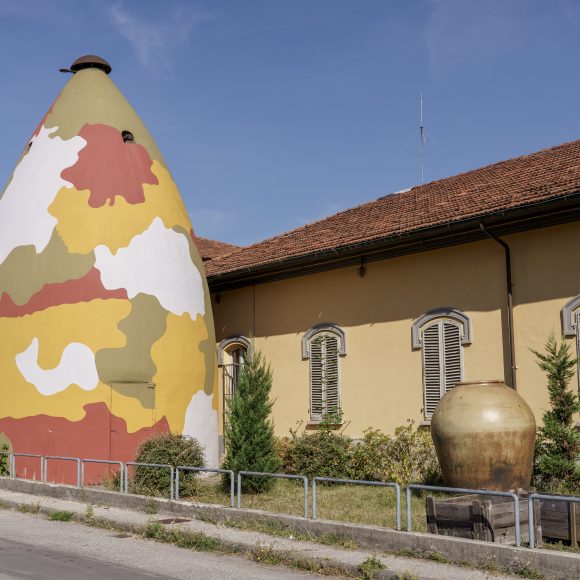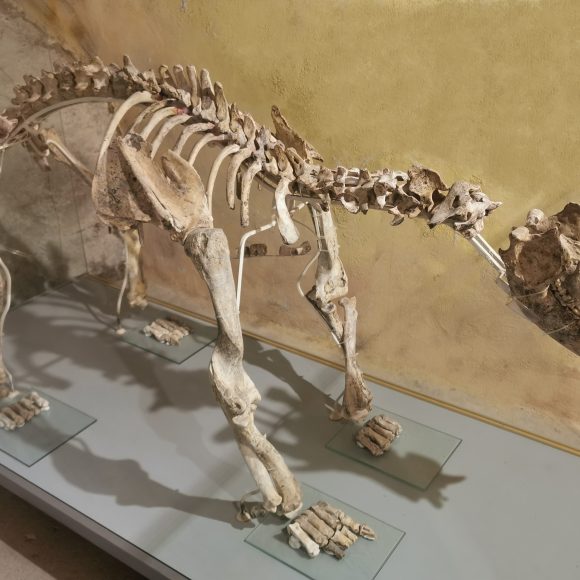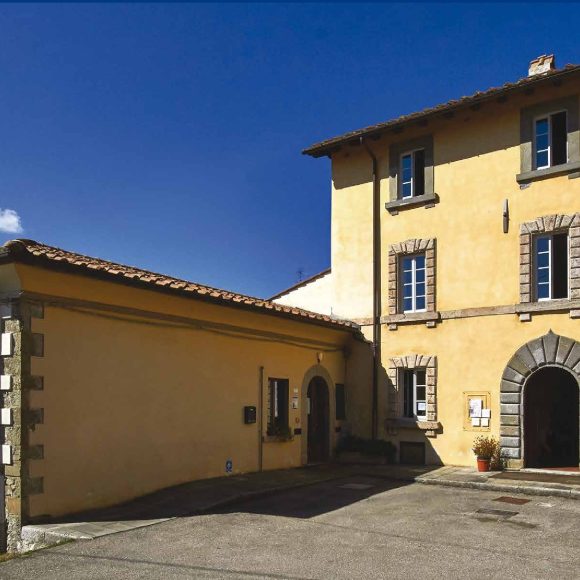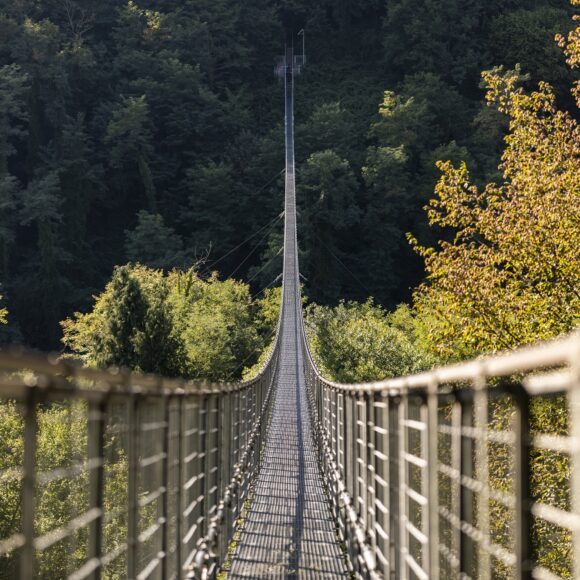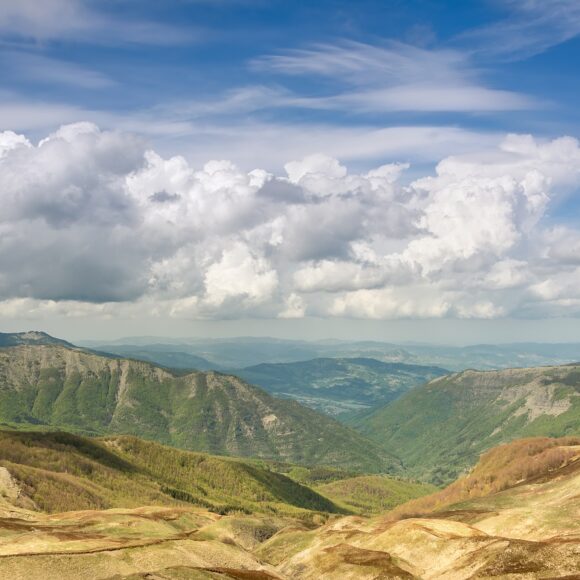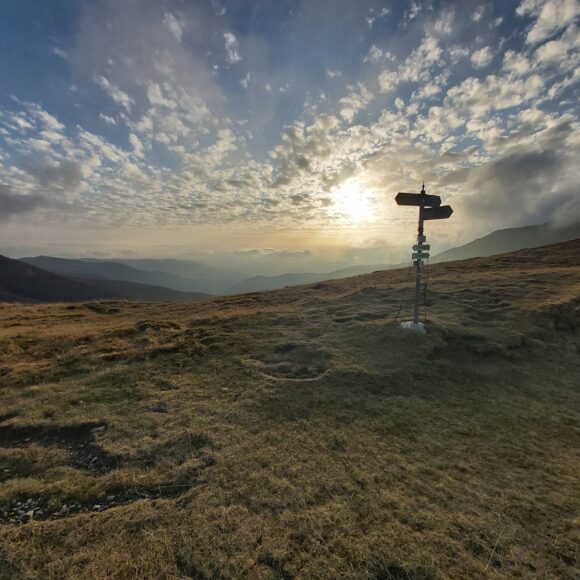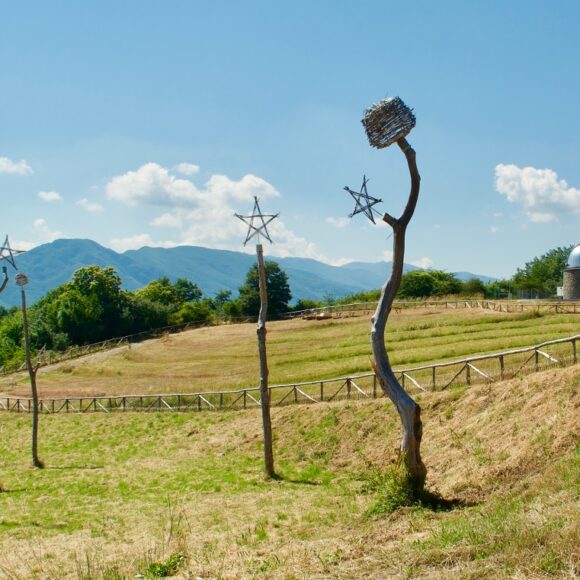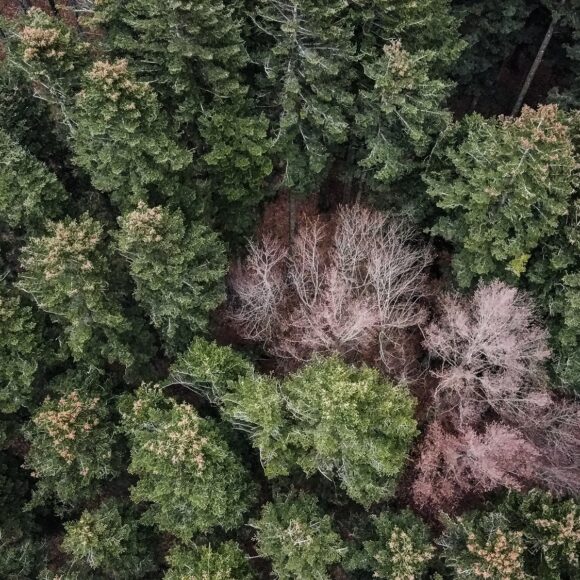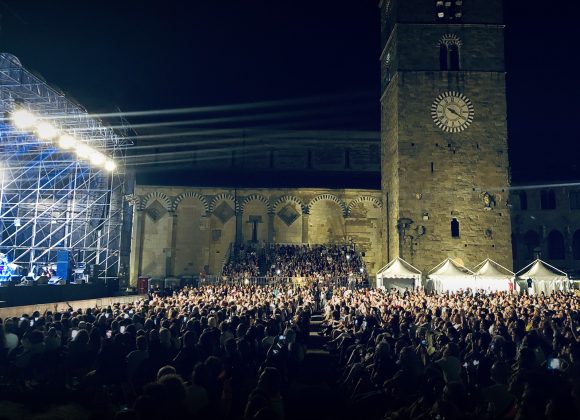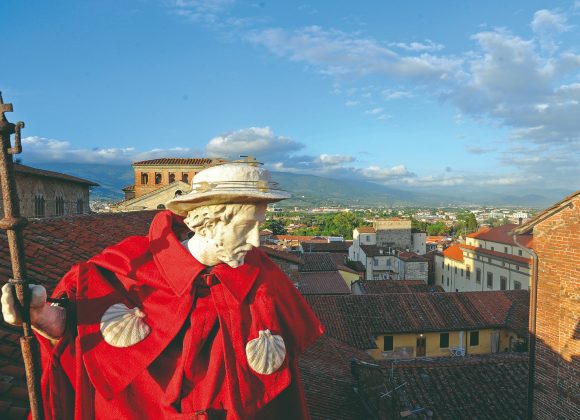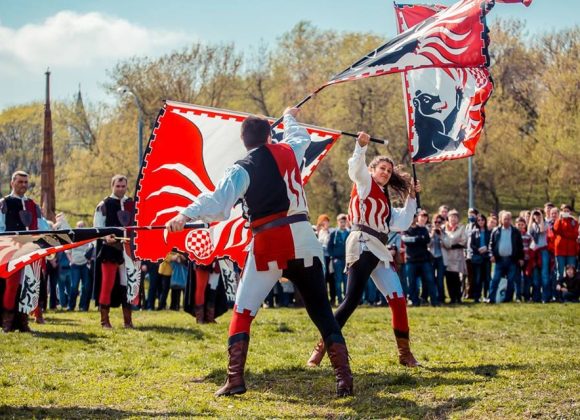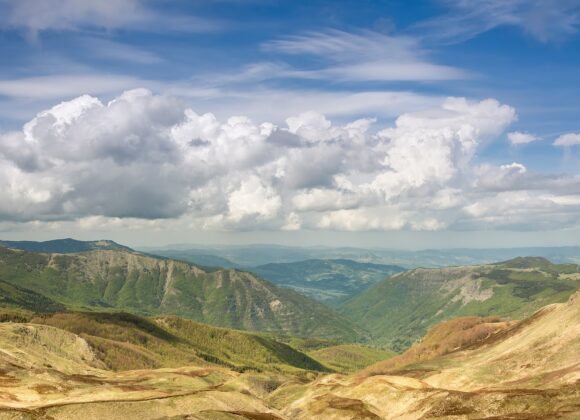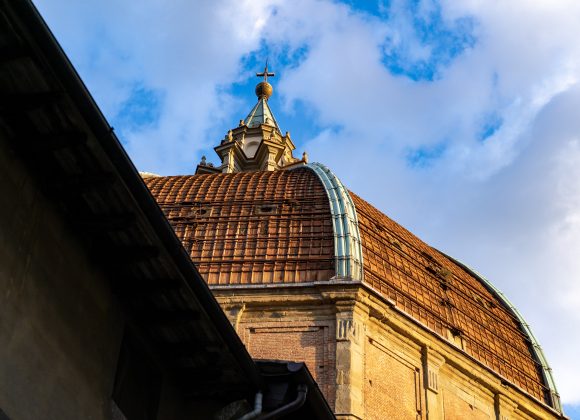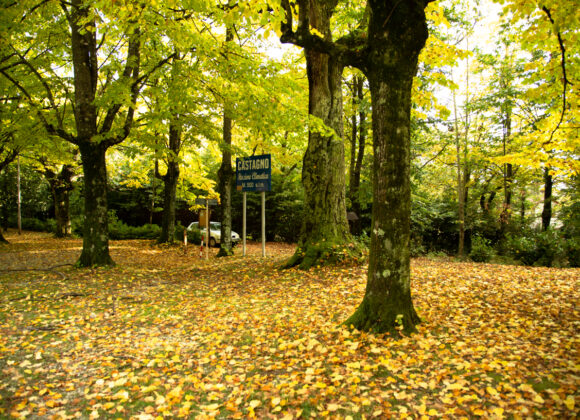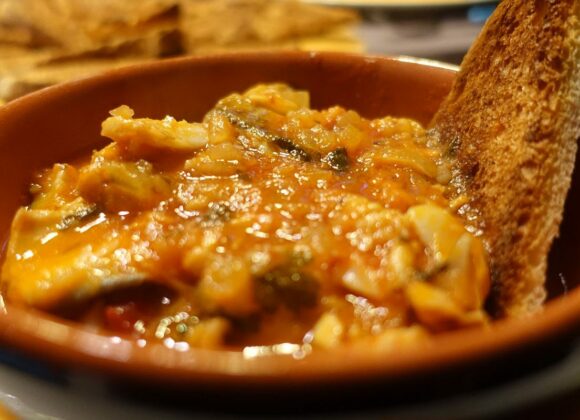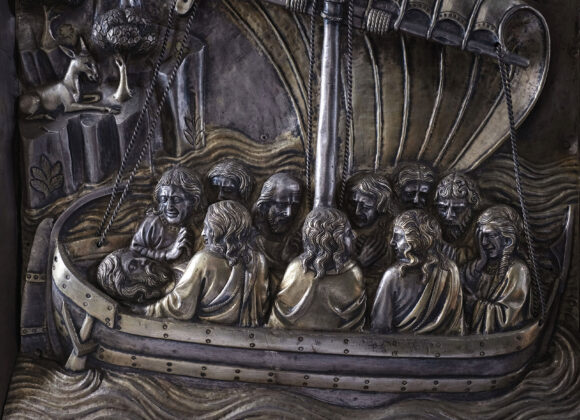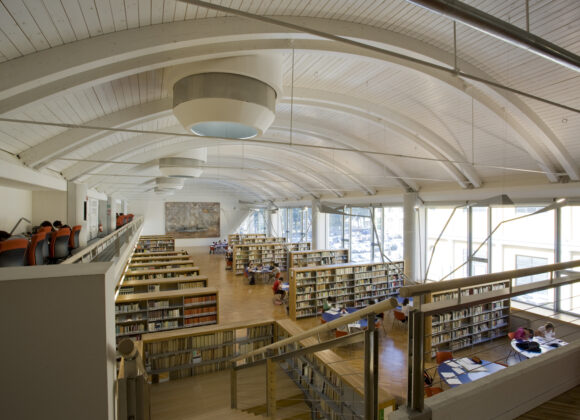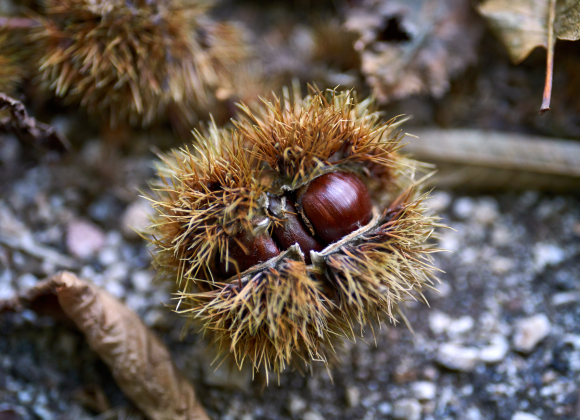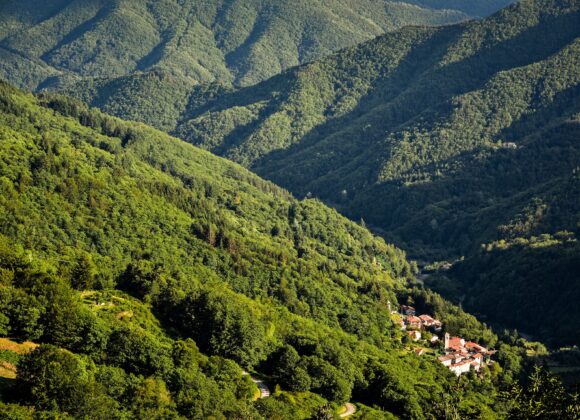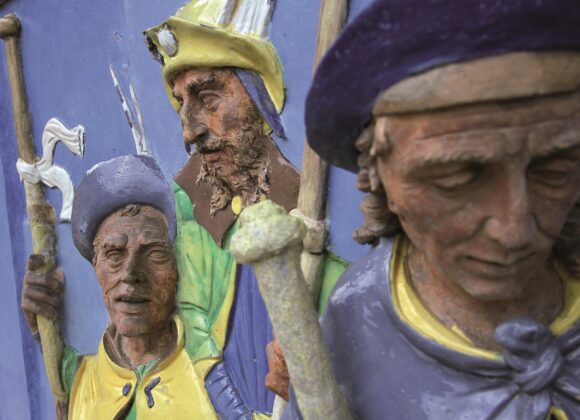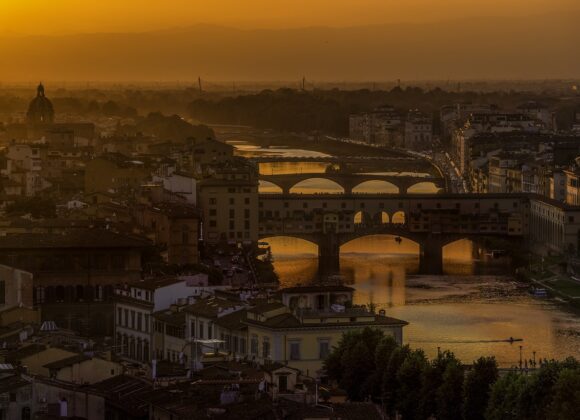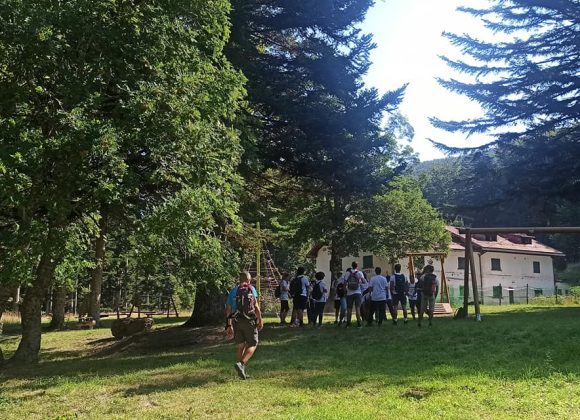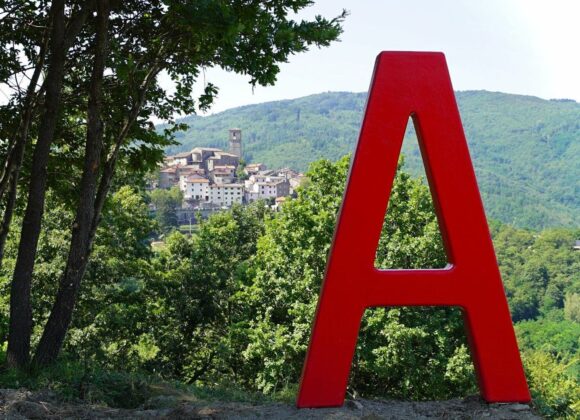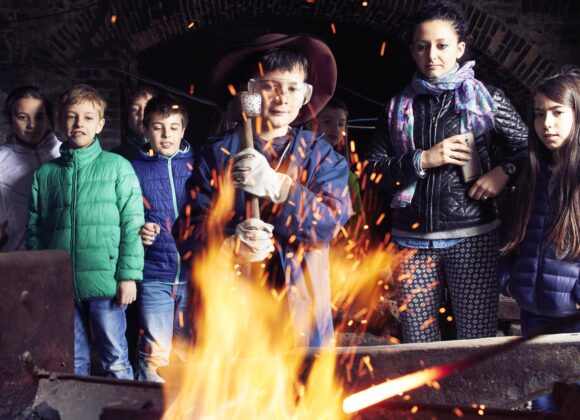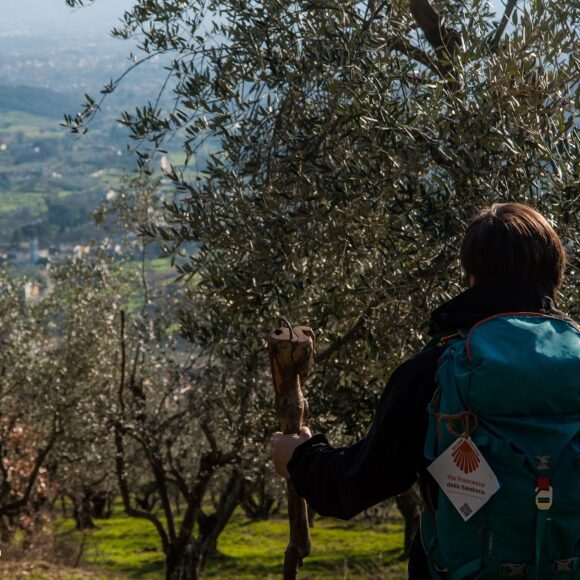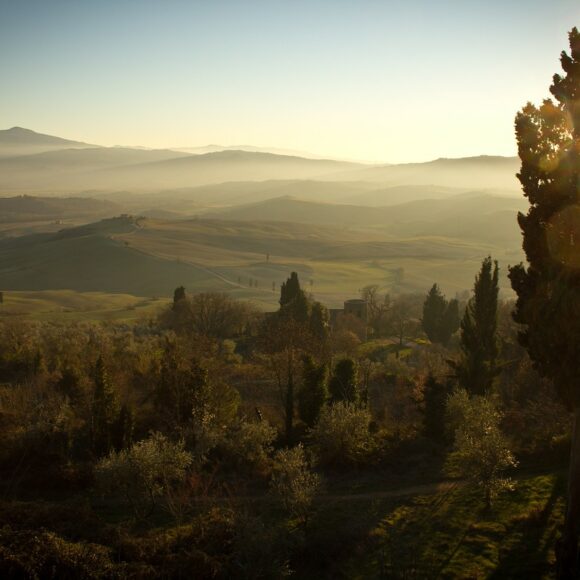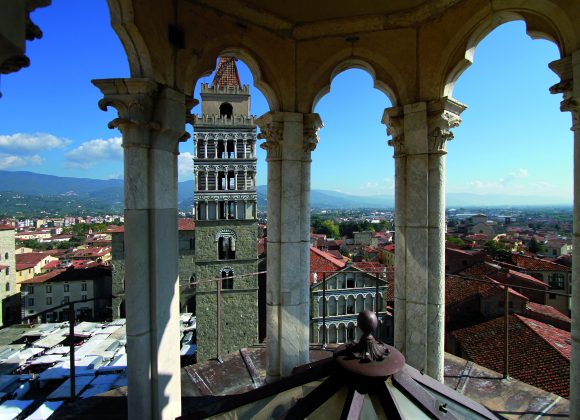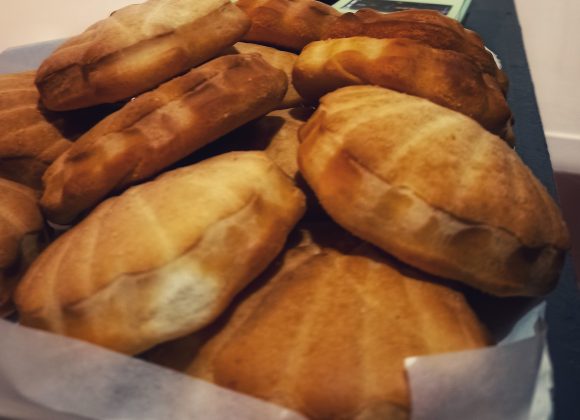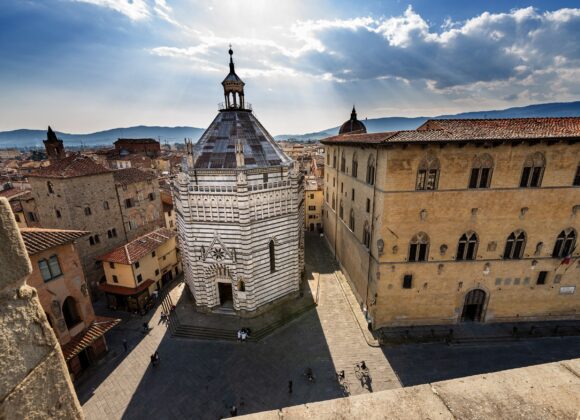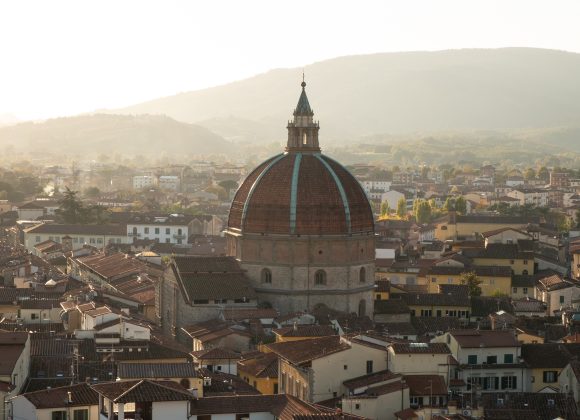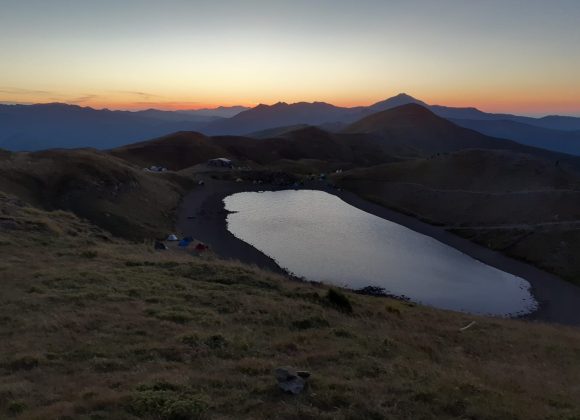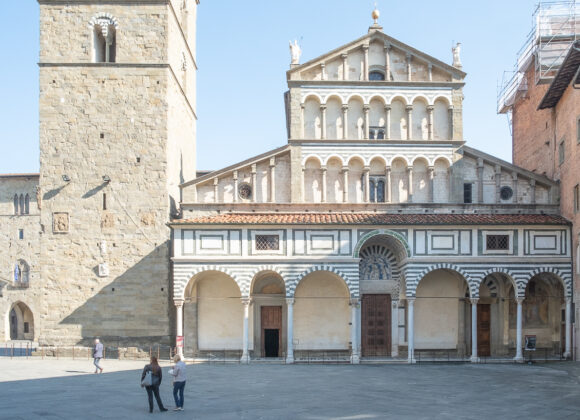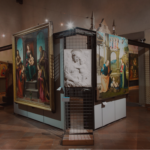Via Romea Germanica Imperiale
An itinerary connecting Northern Europeand the Mediterranean
PistoiaSan Marcello Piteglio
Home / scopri / / Via Romea Germanica Imperiale
Main attractions: Fiumalbo, Abetone Pass, Cutigliano, San Marcello Pistoiese, Montagna Pistoiese Astronomical Observatory, Ecomuseum of the Montagna Pistoiese, Sanctuary of the Madonna di Valdibrana, Pistoia, Villa di Celle, Rocca di Montemurlo, Natural reserve of Monteferrato, Prato, Castle of Calenzano, Etruscan archaeological site of Quinto, Medicea nvillas of Castello, Firenze, ancient hospital del Bigallo, Figline and Incisa Valdarno, San Giovanni Valdarno, Montevarchi, Laterina, Arezzo.
The history of the Via Romea Germanica Imperiale dates back to very ancient times, when it was already an important route for trade and transit between Italy and Germany, as well as the rest of Central Europe. This path is part of the Vie Romee Germaniche (a network of routes from Germany to Rome, certified as “European cultural routes” by the European Council) that connected Northern and Southern Europe for military, religious and commercial purposes, after which are outlined the routes still in use in contemporary times. Along these routes, the vestiges of the past are still recognizable in the tangible traces left by the ancient peoples who walked these paths, the Lombards, the Franks and other Germanic peoples. And before them the Celts, the Etruscans and the Romans.
The Italian stretch of the Via Romea Germanica Imperialeis 600 km long; from Trento to Arezzo, highly varied landscapes are found along the path, from beautiful art cities and historic villages to the enchanting mountain environments of the Alps and the Apennines, as well as areas where many traditional specialities and famous Italian products are made.
After crossing the Abetone Pass the route enters Tuscany. It traverses the mountain district in the Province of Pistoia, then continues past the cities of Pistoia, Prato and Florence. Through the upper Valdarno, it arrives at Arezzo where it connects to the Via Romea Germanica and continues towards Rome.
The Via Romea Germanica Imperiale intersects numerous paths crossing the Northern section of the Apennines, becoming part of a network of routes that connect different areas of Europe and lead towards the main destinations of pilgrimage.
For technical details about the difficulty of each stage, advice on backpack, information on public transport, you should contact the reference association.

Stages
Cutigliano - Pontepetri (22 km)
Pontepetri - Pistoia (21,2km)
Pistoia - Prato (27,5 km)
Prato - Firenze (28 km)
Firenze - Palazzolo (25 km)
Palazzolo - San Giovanni Valdarno (20,1 km)
San Giovanni Valdarno - Laterina (24,5 km)
Laterina - Arezzo (20 km)
* Tratto toscano
* Tuscan stretch
Means of transport
Route
Notes
Contacts
experience the territory

